What do visual representations tell us about the revolt of 1857? How do historians analyse these representations?
The visual representations tell us about the revolt of 1857 through nineteen pictures and the role played by different characters and people of groups. Different historians have also analysed there representation in their own angle and outlook. We will discuss the all figures related with chapter in the following way :
Fig. 11.1 : This figure indicates the portrait of Bahadur Shah. Physically he was very weak due to his old age but the rebel sepoys of Meerut who met him at the gate of Red Fort and wish to have his blessing though he was not eager but he was helpless and ultimately he gave them his blessing.

Fig. 11.1
Historians say that surrounded by the sepoys Bahadur Shah had no other option but to comply. The revolt thus acquired a kind of legitimacy because it could now be carried on in the name of the Mughal emperor.
Fig. 11.2 : This picture is related with common people of Lucknow. They joined the
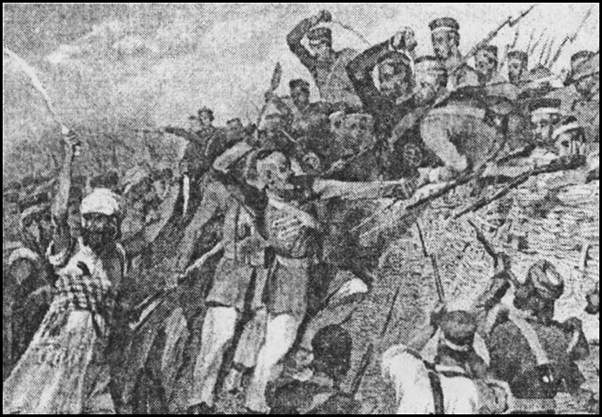
Fig. 11.2
sepoys in attacking the British in Lucknow. The British were consider firangi by all Hindus and Muslims of Lucknow. The British historians describe that moneylenders, rich people as well as the British officials and their belongings were destroyed by the rebels. In the beginning the rebels got success in crushing the British rule. One British officer has noted “collapsed like a house made of cards”. Even the Delhi Urdu Akhbar refers “that due to activities of rebels ordinary life of the people was disturbed extraordinary during the days of mutiny. The prizes of vegetables have gone up very high and even the water supply had been disturbed.”
Fig. 11.3 : Rani Lakshmi Bai was very popular among the people of state. Most of the Indian historians point her as a great brave lady of the time but some unsucessfully try to this figure his brave deeds just by putting the fact in wrong manner that she was only worried about her own family and state. I think those historians are forgetting the political situation of that time of India. Every state was infact independent state of her own rulers like Jhansi of Lakshmi Bai.
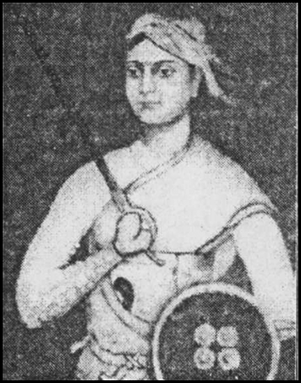
Fig. 11.3
Fig. 11.4 This figure is of Nana Sahib. He fought very bravely against the English. At the end of 1858 when the rebellion collapse he escaped to Nepal. His escape had added to the legend of his courage and valour. It is correct interpretation of historians because the English were very clever and they should have been mercyless. Nana Sahib had reply them in a courageous manner.
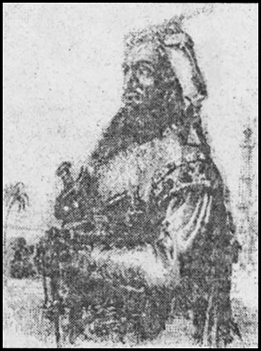
Fig. 11.4
Fig. 11.5 : It is Henry Hardinge. He was military reformer but his introduction of Enfield rifles and use of greased cartridges in them became the immediate cause of mutiny in 1857.
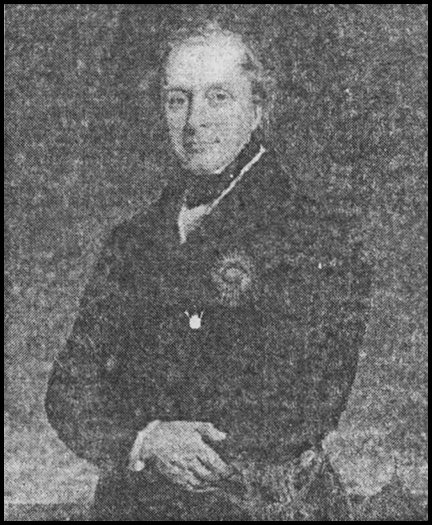
Fig. 11.5
Fig. 11.6 : This picture point out the outwardly good position of the zamindars. After crushing the Revolt of 1857, zamindaris were returned to old zamindars. It shows that even in 1880 zamindari continued in Awadh and they use to live comfortable life.
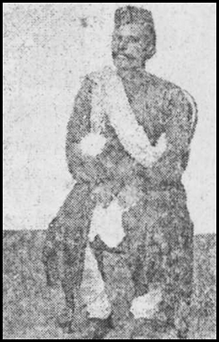
Fig. 11.6

Fig. 11.7
Fig. 11.7 : Picture shows the different arms and weapons used by British troops and Bengal sepoys use European style uniforms during the British rule upto August 1947.
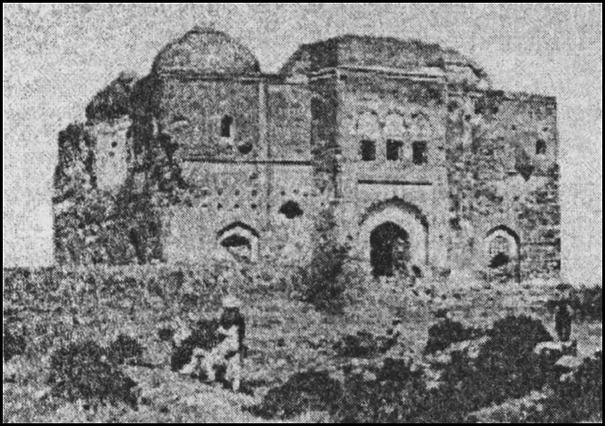
Fig. 11.8
Fig. 11.8 : This picture shows that religious places of different people were not destroyed but during mutiny days mosques and other places might have been ruin due to miscreants of the rebels.

Fig. 11.9 : This figure tells us that very grand buildings were built by Nawab of Awadh and Mughal architecture and style had been shifted in different capitals of different states but property as well as loss of human life was felt during the days of mutiny.

Fig. 11.10
Fig. 11.10 : Lucknow was recaptured by the English after a long war and struggle. The paintings of Thomas Janes Barker show the clearly the control of the English forces on Lucknow, the capital town of Awadh.
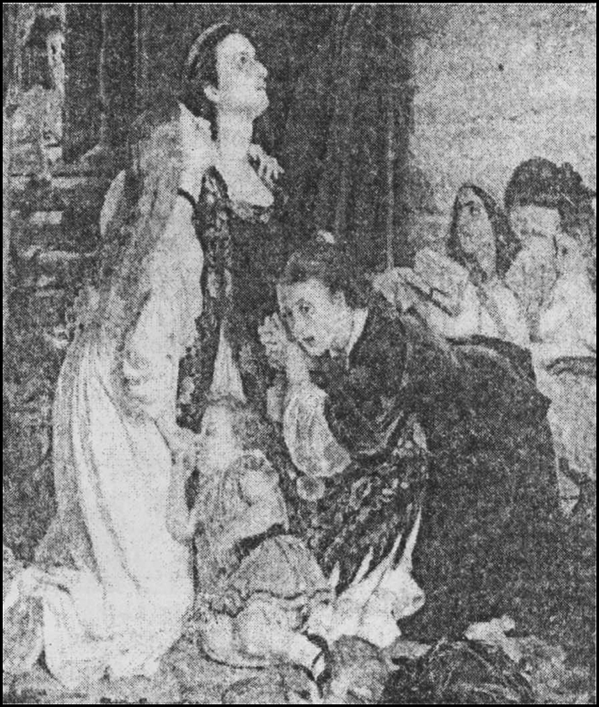
Fig. 11.11
Fig. 11.11 : The figure shows that rebels had created great panic in the minds of English women and children during the days of mutiny.
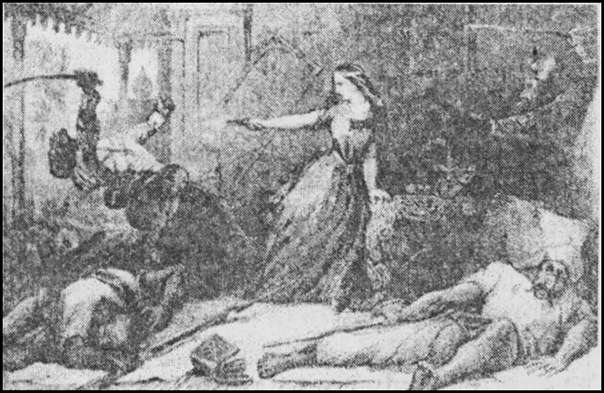
Fig. 11.12
Fig. 11.12 : This figure shows that the English women were grantly worried about protection of their owner and life in Kanpur against the rebellious sepoys.
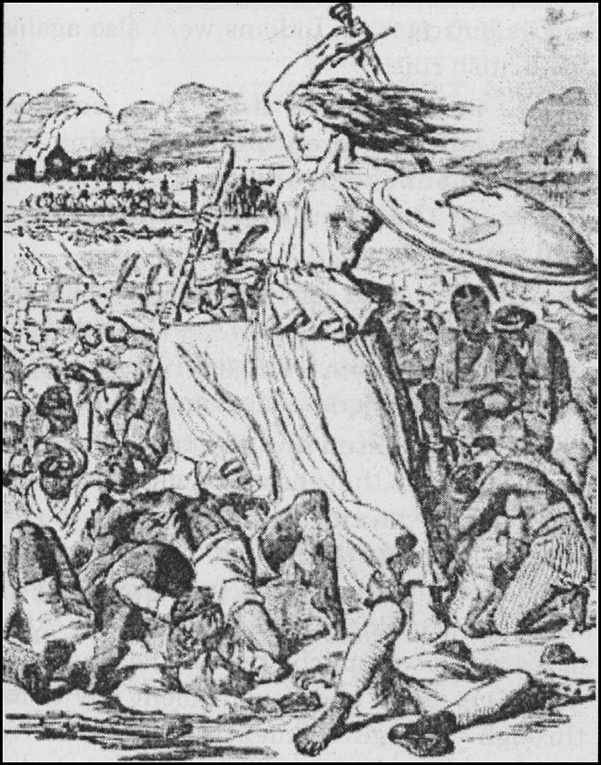
Fie. 11.13
Fig. 11.13 : In Kanpur the painful event of terrible massacre took place on 12 Sep, 1857. This event created hate between the colonial rulers and the Indians.

Fig. 11.14
Fig. 11.14 : In this picture the ruling class or the white people have painted just lions and their rebels have been pointed at tiger. The tigers were crushed mercylessely by the ruling class people after mutiny.
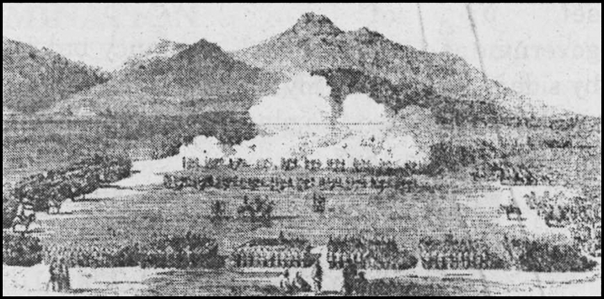
Fig. 11.15
Fig. 11.15 : This picture shows that the English believe in rewarding exemplary death penalty to teach lesson to Indian soldiers. They wanted to teach that whosoever would think to revolt against the English king or government would face the same treatment.

Fig. 11.16
Fig. 11.1.6 : The English like to give death penalties in open surrounded by cannon to teach about their terror and mode of extreme punishment to soldiers as well as the common people. Peshawar was the centre of this terror located nearby Afghanistan. The Britishers desired to torturous the people of north west frontier as well as Afghans also.
Fig. 11.17 : Mutiny took place during the days of Governor Lord Canning. After mutiny he became the first Governor General of India during the rule of the British Crown. This picture shows that new set, up of government favoured mask clemancy but side by side the new Viceroy desired well discipline soldiers. There was no place for mutiny such as it took place in 1857.

Fig. 11.17
 The visual representations tell us about the revolt of 1857 through nineteen pictures and the role played by different characters and people of groups. Different historians have also analysed there representation in their own angle and outlook. We will discuss the all figures related with chapter in the following way :
The visual representations tell us about the revolt of 1857 through nineteen pictures and the role played by different characters and people of groups. Different historians have also analysed there representation in their own angle and outlook. We will discuss the all figures related with chapter in the following way :
Fig. 11.1 : This figure indicates the portrait of Bahadur Shah. Physically he was very weak due to his old age but the rebel sepoys of Meerut who met him at the gate of Red Fort and wish to have his blessing though he was not eager but he was helpless and ultimately he gave them his blessing.

Fig. 11.1
Historians say that surrounded by the sepoys Bahadur Shah had no other option but to comply. The revolt thus acquired a kind of legitimacy because it could now be carried on in the name of the Mughal emperor.
Fig. 11.2 : This picture is related with common people of Lucknow. They joined the

Fig. 11.2
sepoys in attacking the British in Lucknow. The British were consider firangi by all Hindus and Muslims of Lucknow. The British historians describe that moneylenders, rich people as well as the British officials and their belongings were destroyed by the rebels. In the beginning the rebels got success in crushing the British rule. One British officer has noted “collapsed like a house made of cards”. Even the Delhi Urdu Akhbar refers “that due to activities of rebels ordinary life of the people was disturbed extraordinary during the days of mutiny. The prizes of vegetables have gone up very high and even the water supply had been disturbed.”
Fig. 11.3 : Rani Lakshmi Bai was very popular among the people of state. Most of the Indian historians point her as a great brave lady of the time but some unsucessfully try to this figure his brave deeds just by putting the fact in wrong manner that she was only worried about her own family and state. I think those historians are forgetting the political situation of that time of India. Every state was infact independent state of her own rulers like Jhansi of Lakshmi Bai.

Fig. 11.3
Fig. 11.4 This figure is of Nana Sahib. He fought very bravely against the English. At the end of 1858 when the rebellion collapse he escaped to Nepal. His escape had added to the legend of his courage and valour. It is correct interpretation of historians because the English were very clever and they should have been mercyless. Nana Sahib had reply them in a courageous manner.

Fig. 11.4
Fig. 11.5 : It is Henry Hardinge. He was military reformer but his introduction of Enfield rifles and use of greased cartridges in them became the immediate cause of mutiny in 1857.

Fig. 11.5
Fig. 11.6 : This picture point out the outwardly good position of the zamindars. After crushing the Revolt of 1857, zamindaris were returned to old zamindars. It shows that even in 1880 zamindari continued in Awadh and they use to live comfortable life.
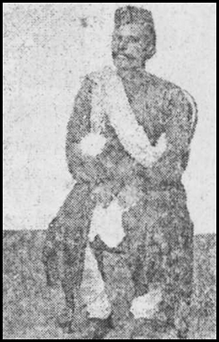
Fig. 11.6

Fig. 11.7
Fig. 11.7 : Picture shows the different arms and weapons used by British troops and Bengal sepoys use European style uniforms during the British rule upto August 1947.
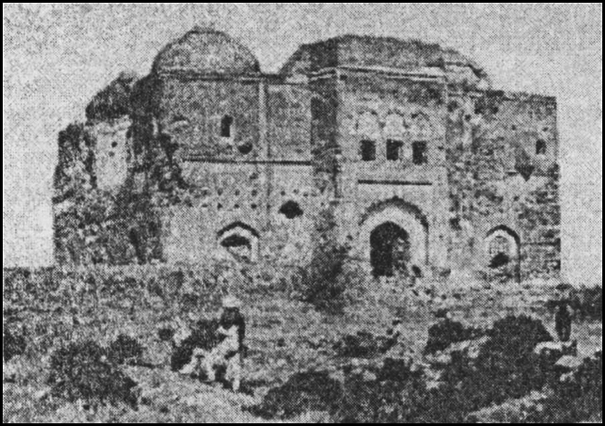
Fig. 11.8
Fig. 11.8 : This picture shows that religious places of different people were not destroyed but during mutiny days mosques and other places might have been ruin due to miscreants of the rebels.

Fig. 11.9 : This figure tells us that very grand buildings were built by Nawab of Awadh and Mughal architecture and style had been shifted in different capitals of different states but property as well as loss of human life was felt during the days of mutiny.

Fig. 11.10
Fig. 11.10 : Lucknow was recaptured by the English after a long war and struggle. The paintings of Thomas Janes Barker show the clearly the control of the English forces on Lucknow, the capital town of Awadh.

Fig. 11.11
Fig. 11.11 : The figure shows that rebels had created great panic in the minds of English women and children during the days of mutiny.

Fig. 11.12
Fig. 11.12 : This figure shows that the English women were grantly worried about protection of their owner and life in Kanpur against the rebellious sepoys.

Fie. 11.13
Fig. 11.13 : In Kanpur the painful event of terrible massacre took place on 12 Sep, 1857. This event created hate between the colonial rulers and the Indians.

Fig. 11.14
Fig. 11.14 : In this picture the ruling class or the white people have painted just lions and their rebels have been pointed at tiger. The tigers were crushed mercylessely by the ruling class people after mutiny.

Fig. 11.15
Fig. 11.15 : This picture shows that the English believe in rewarding exemplary death penalty to teach lesson to Indian soldiers. They wanted to teach that whosoever would think to revolt against the English king or government would face the same treatment.

Fig. 11.16
Fig. 11.1.6 : The English like to give death penalties in open surrounded by cannon to teach about their terror and mode of extreme punishment to soldiers as well as the common people. Peshawar was the centre of this terror located nearby Afghanistan. The Britishers desired to torturous the people of north west frontier as well as Afghans also.
Fig. 11.17 : Mutiny took place during the days of Governor Lord Canning. After mutiny he became the first Governor General of India during the rule of the British Crown. This picture shows that new set, up of government favoured mask clemancy but side by side the new Viceroy desired well discipline soldiers. There was no place for mutiny such as it took place in 1857.
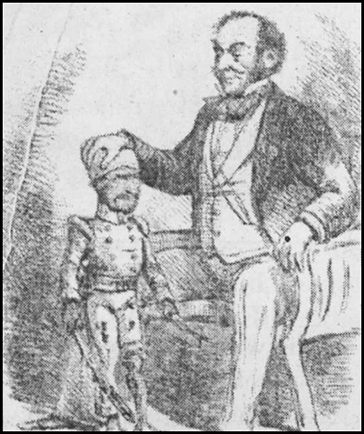
Fig. 11.17

Fig. 11.18
Fig. 11.18 : This picture shows that India is a land of brave men and women. Rani Lakshmi Bai was worshipped as a brave lady and great heroine of India by comming generation.

Fig. 11.19
Fig. 11.19 : Mutiny took place in different places of India. The different pictures/dresses and designs of different people indicate that not only sepoys but common Indians were also against the British rule.
Fig. 11.18
Fig. 11.18 : This picture shows that India is a land of brave men and women. Rani Lakshmi Bai was worshipped as a brave lady and great heroine of India by comming generation.

Fig. 11.19
Fig. 11.19 : Mutiny took place in different places of India. The different pictures/dresses and designs of different people indicate that not only sepoys but common Indians were also against the British rule.





